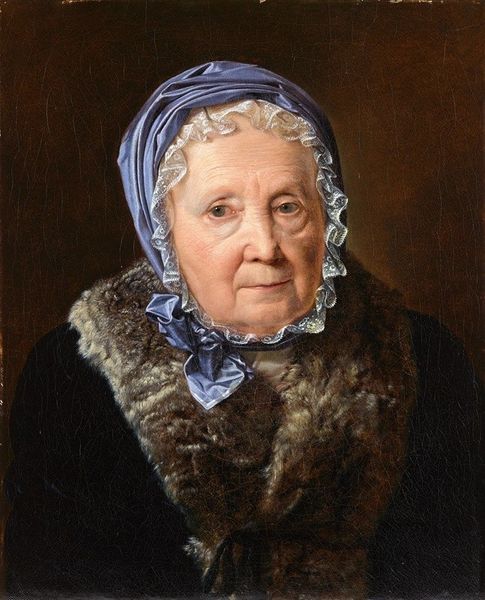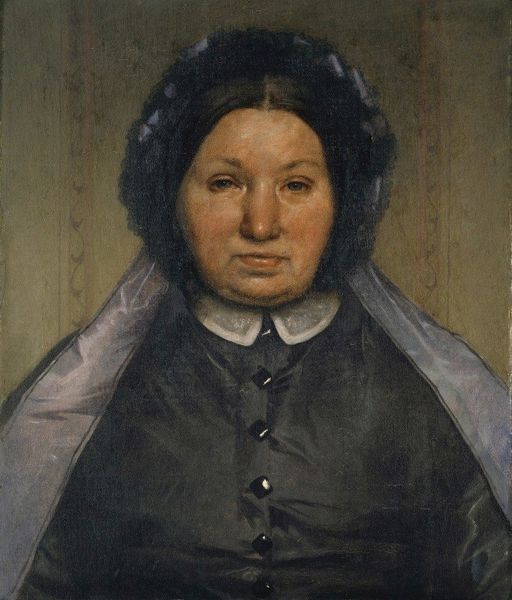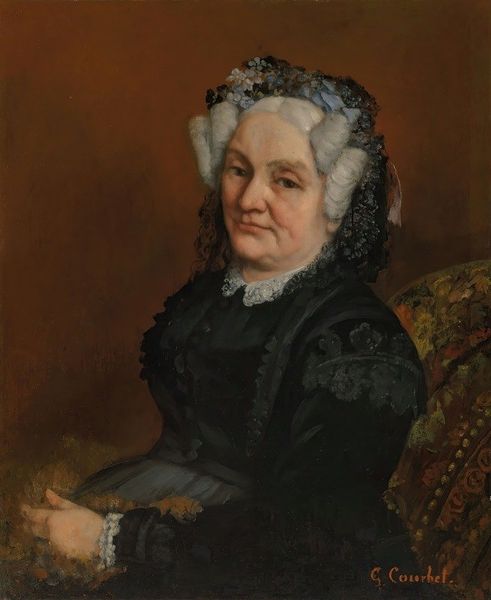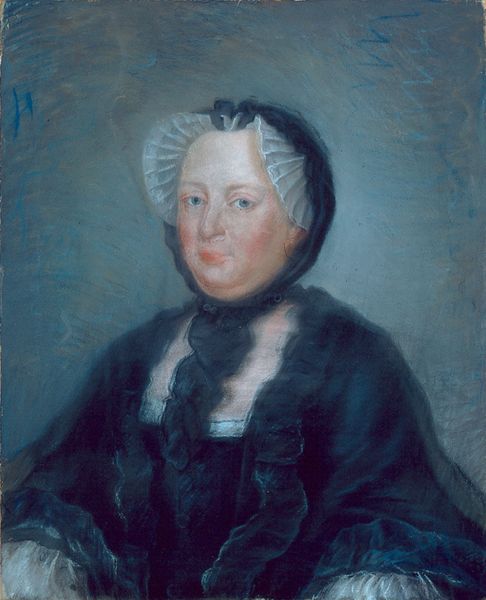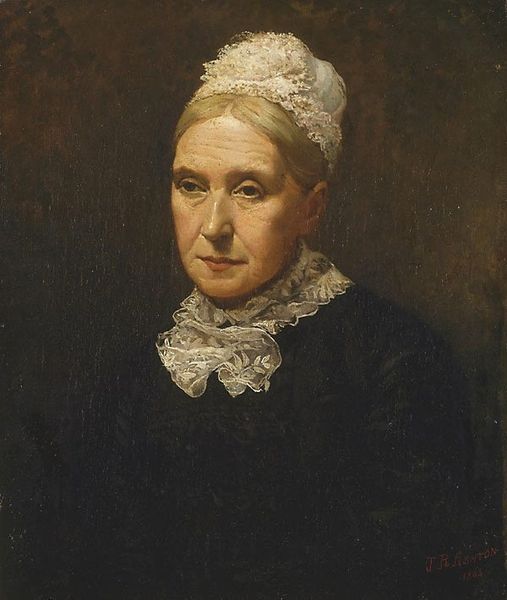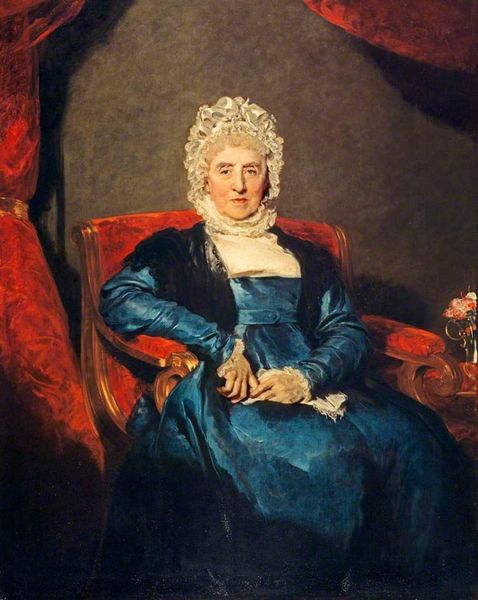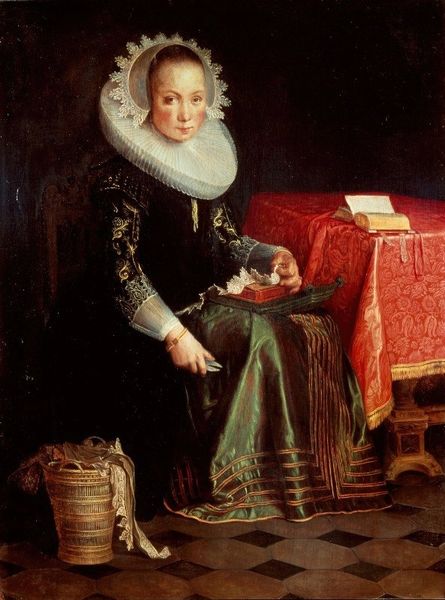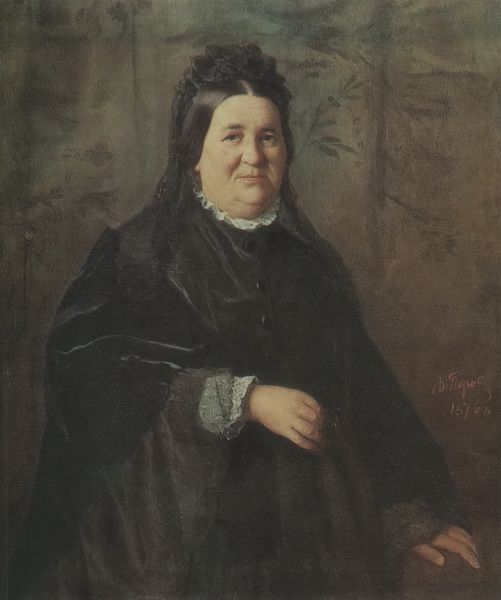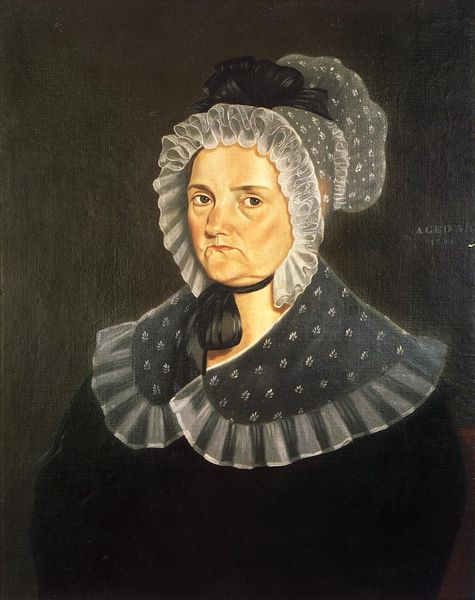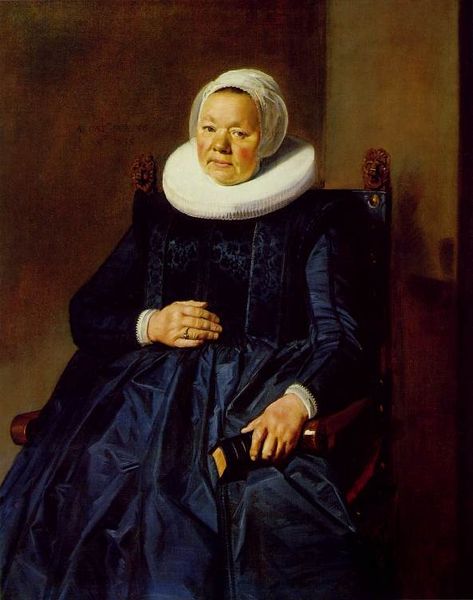
oil-paint
#
portrait
#
oil-paint
#
oil painting
#
romanticism
#
genre-painting
#
academic-art
Copyright: Public domain
Curator: Here, we have Ferdinand Georg Waldmüller's painting of "Rosina Wieser In Armchair." Painted with oil, the piece certainly evokes a certain... stillness. Editor: It does! The sitter, while clearly positioned in an elegant setting, strikes me as conveying a very interior and quiet mood. Curator: It’s an interesting combination. On one hand, the sitter is clearly positioned within parameters of wealth and respect. Note the luxurious velvet armchair and the satin finish of her dress. She holds a book, alluding to knowledge. These are symbols carefully chosen to transmit specific messages about the sitter. Editor: Agreed. The sitter, positioned so frontally and firmly in that ornate chair, could reflect certain social and personal expectations. In portraits of this time, particularly of women, clothing, adornment, posture, and possessions become such significant visual cues. Curator: Waldmüller clearly uses Rosina Wieser’s clothes to make her relevant within a particular milieu of the time. The cross draws particular attention, acting as a potent symbol of the sitter’s faith. We shouldn’t ignore that while the book symbolizes literacy, faith probably played a significant role in shaping her interiority. Editor: Her positioning of the hands, clasped over that small book… it reminds me of depictions of saints, especially with the rather luminous effect of her cap and collar. Is Waldmüller subtly hinting at piety as a key facet of Wieser's identity? Curator: It’s a possible interpretation. The placement of Wieser against a very dark background encourages viewers to concentrate more closely on her presence, creating an intimate sense of communion between her faith, identity, and status. Editor: It is almost as if her essence—or, rather, how she and Waldmüller choose to portray herself—is contained within the frame. In many ways, the image serves to convey Rosina Wieser’s belonging to social orders which, at the time, were shifting rapidly. Curator: Indeed. I think this artwork makes us reconsider the complex language inherent in even the seemingly simplest portrait, where visual codes reveal layers of meaning. Editor: Yes, it really goes beyond surface-level appearance into something so complex—cultural expectations and carefully-chosen iconography.
Comments
No comments
Be the first to comment and join the conversation on the ultimate creative platform.
